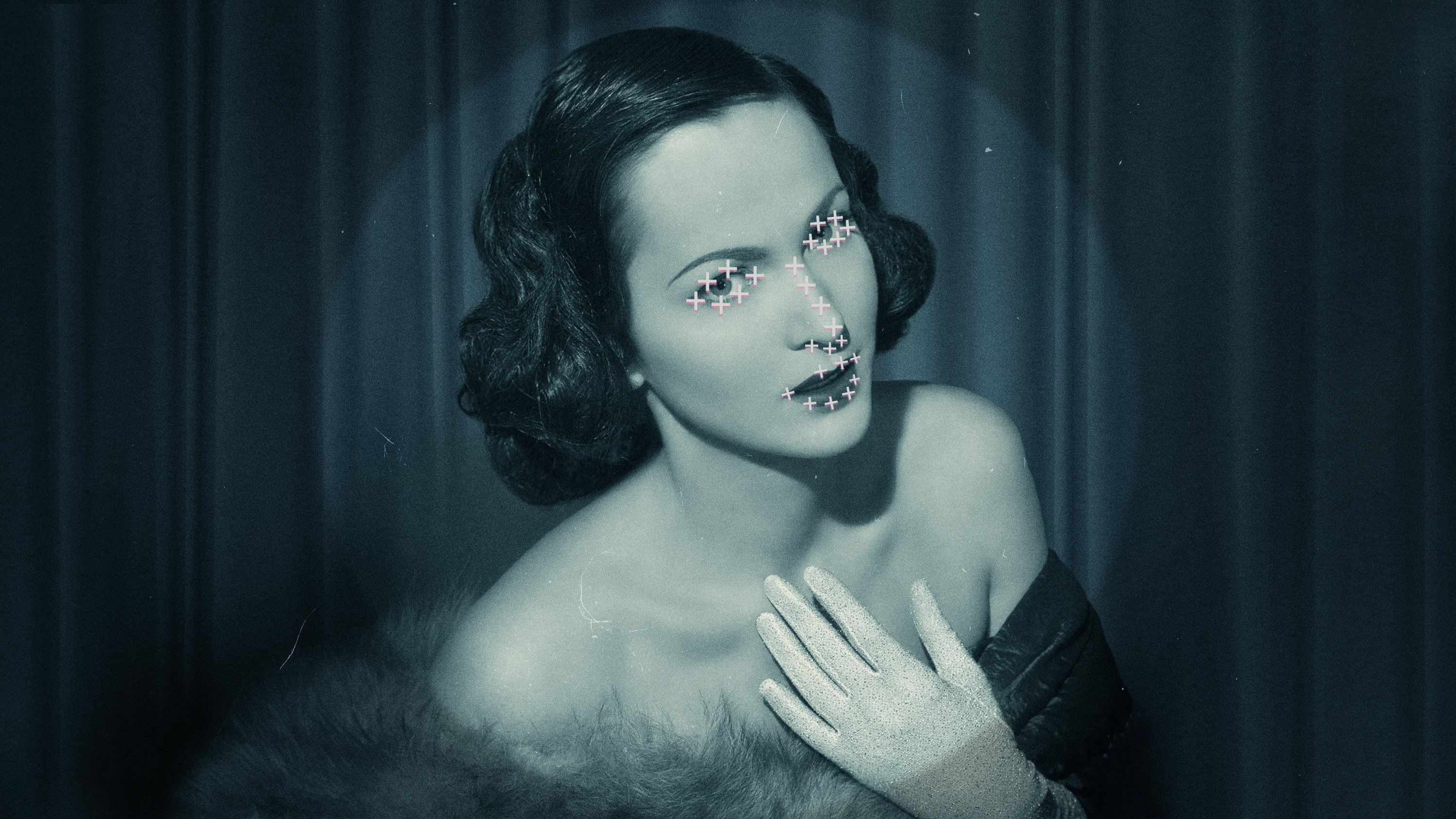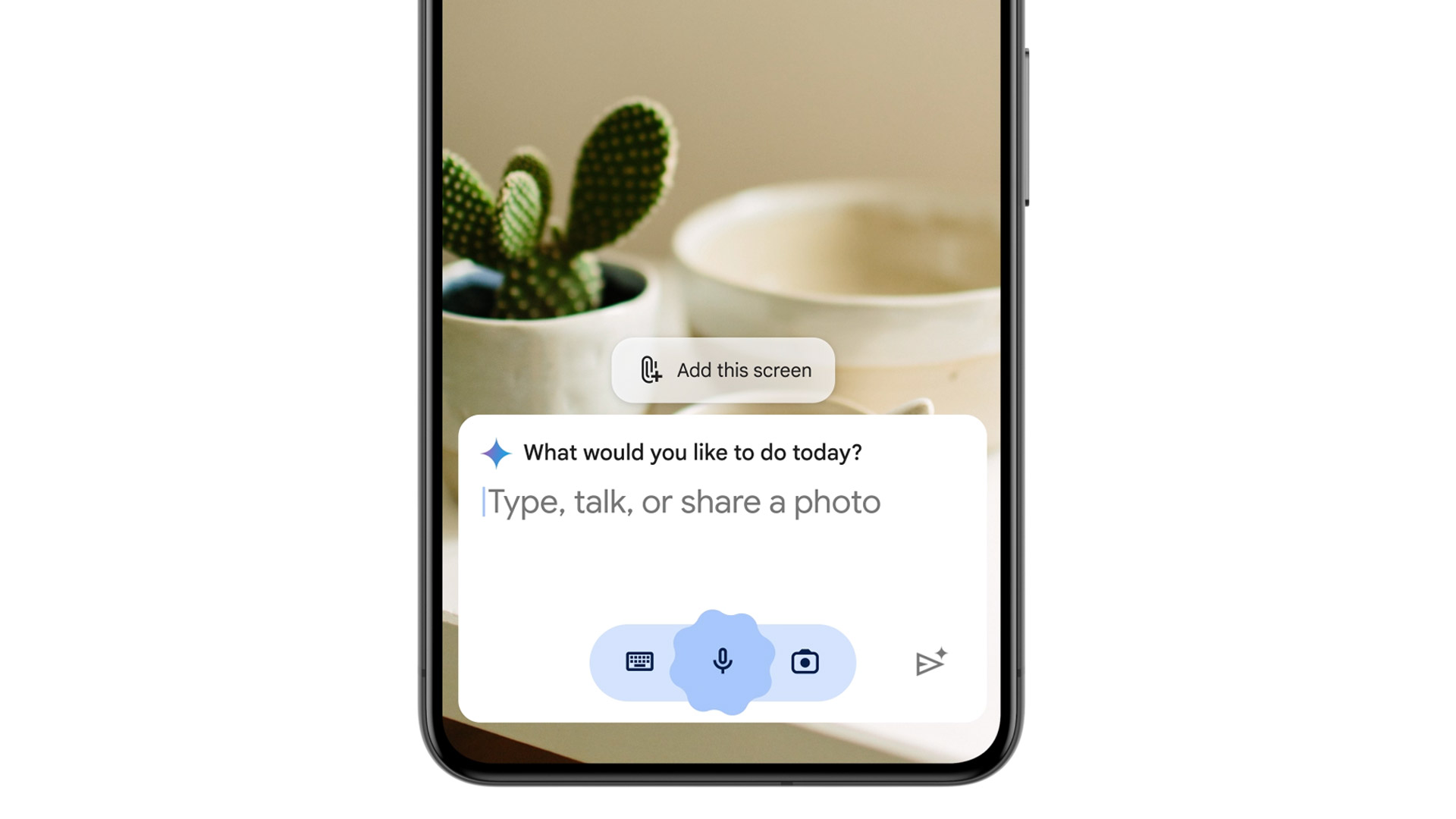An artist of gestures

March 3, 1974, Page 22Buy Reprints
“Last night I saw upon the stair/ A little man who wasn't there/ He wasn't there again today...” — but the footprints, the maddening scraps of paper collected in a green box, a white box, a score of iconoclastic “ready‐mades,” an obscure book on chess, “The Large Glass,” a last assemblage and some two dozen paintings remain. The lives of artists, by and large, are not interesting: they meet other artists; they paint, travel, exhibit, resettle themselves and paint some more. Their romances go off like small firecrackers: the big explosion; the meaningful noises are all in the work. And sometimes the distance between the life and the work — the complex edifices they construct from a few simple ideas and a handful of experience — makes for great mystery. But with Marcel Duchamp, the personality funneled itself into the life and into the work in carefully measured doses. Life and work are equally devoted to cover‐up and mystification: the mechanical and the sexual made one and interchangeable, mental rather than visual art, roulette and chess superseding painting and sculpture.
Duchamp is an artist whose gestures and writings count for as much as his actual work; the things he did and said become inseparable from the things he made, an artist who ultimately built a career out of selfeffacement and ambiguity. These two weapons, coupled with an abiding passion not to be trapped by personal taste, by personal anything, finally succeeded in elevating him to the position of entrepreneur and art world guru to three generations of artists and collectors. The artist's complicated relations with a series of collectors, while rarely, discussed, is a perfect example of Duduunpian irony: Duchamp, the man who refused to be trapped into living by the sale of his works and who publicly gave up art for chess, nevertheless remained in a small way a dealer for other artists, an assembler of exhibitions, a builder of other people's collections and a man busy with artworld business all his life.
A surrealist, a dadaist? Yes, when he those. At all times, he extracted the maximum effect from every fan.
Corinne Robins is a novelist and art critic.
Salt Seller
The Writings of Marcel Duchamp.
Edited by Michel Sanouiliet and Elmer Peterson. illustrated. 196 pp. New York: Oxford University Press. $10.95.
Marcel Duchamp
Edited by Anne d'Harnoncourt and Kynaston McShine. Illustrated. 345 pp. New York: The Museum of Modern Art. Paper, $9.50. Cloth, distributed by New York Graphic Society, Greenwich, Conn., $25. tasy while remaining a man apart, playing the role of adviser to every succeeding movement. Curator Kynaston McShine, in the Museum of Modern Art's magnificent “Marvel Duchamp” book‐catalogue, describes Duchamp as the elegant dandy of the avant‐garde, courted and admired by other artists. He stresses Duchamp's cool, dark good looks, his theatrical sense, which made him the embodiment of the appearing and disappearing passionless magician to whom everything is permitted. (Duchamp, of course, is the artist who first said that what an artist chooses to be art is art, opening up a series of possibilities and cul‐desacs for succeeding generations.) In this book, Duchamp, above all, as the player, who recognizes no opponents or rivals in art.
Take surrealism, for example. During the height of surrealism, Duchamp creates a second personality for himself, a feminine counterpart, Rinse Wavy, with whom he announces he intends to go into business. Man Ray's 1921‐22 photographs of Duchamp as Rinse show us an elegant, carefully made‐up, brooding, dark eyed woman in a fashionable hat of the period. One must search the face to find Duchamp's features. But Rrose Selavy is no simple drag‐queen creation. Duchamp assembles a book of her sayings, a collection of slightly risque puns and word games, and publishes it in France in 1939. Marcel as Rrose writes in idiomatic, untranslatable French, while his working notes for the boxes, his lectures and catalogue introductions he has translated into terse and eloquent English. And the point of the hoax — that Marcel and Rrose and La Belle Haleine are one and that all the art world knows it — receives careful surrealist documentation. Duchamp as both male and female complete in himself has made the ultimate surrealist gesture. The sayings of Rrose Wavy, under the heading “Rrose Se lavy & Co.,” take up 15 pages (every one trans‐ lated and meticulously annotated) of the 196‐page book “Salt Seller (Marchand du Sel): The Writings of Marcel Duchamp,” edited by Michel Sanouillet and Elmer Peterson. The 1973 edition of this book (Duchamp supervised and edited both the earlier French and 1959 English versions) is filled out with all the new material Duchamp's critical writings, diary jottings, letters and prefaces to other artists exhibitions (most being in the form of a single sentence) — that its editors could unearth. Duchamp's work, inseparable from his verbal games, lives by means of the artist's own documentation. But for all that, “Salt Seller” does not stand by itself or succeed as a gloss to the artist's life or art. Rather, it is an art scholar's playground, full of schizoid diagrams, maddening puns and glancing insights into the art world of the twenties, thirties, forties and fifties — because Duchamp, always alert to What other artists are doing, is also always ready to place them in an art‐historical context. Duchamp's true romance perhaps is with future art historians. Nowhere is this more evident than in his writings about other artists, his careful appraisals of Matisse, Picasso, etc., in the form of notes to the Societe Anonyme collection, which the editors happily included. For the most part though, “Salt Seiler” is an unnerving combination of schizophrenic case‐book and Duchampian joke carried past the point of put‐on without quite achieving any art value
The beautiful “Marcel Duchamp” which the Museum of Modern Art produced for its definitive Duchamp exhibition, includes a dozen essays by poets, critics and art historians, along with a composite portrait of the artist's many public faces in the form of statements and works about Marcel solicited from artists, writers, dealers and collectors who either knew, worked with and/or were influenced by him. Four hundred and twenty‐nine illustrations (including
Rrose Selavy, a.k.a. Marcel Duchahip. Photograph by Man Ray, 1921. 12 in color) give the reader a very fair idea of the artist's work; and Duchamp's paintings, drawings and “ready‐mades” for the most part appear larger and more imposing in such photographic reproductions, which tend to flatten out some of the works intimate, kinky quality. The essays range from excellent iconographical studies of Duchamp's use of the machine and mechanistic forms to his employment of alchemical symbols in “The Large Glass” (prefaced by Duchamp's own statement “If I have ever practiced alchemy, it was in the only way it can be done now, that is to say, without knowing it”). Sanouillet puts Duchamp's writings and literary values in perspective with the French intellectual tradition and Anne d'Harnoncourt provides a fine overall introduction to the artist's
The composite portrait is a delight—one can sense the elusive Marcel smiling over the shoulders of its various contributors. But for me, the most valuable essay in the book is David Antin's “Duchamp and Language.” Arkin, well known as a poet and an occasional writer on art, analyzes Duchamp's underlying attitude toward language as evidenced in his French puns, titles of works, which are often visual translations of verbal puns, and his pseudo‐scientific notes for the white and green boxes. How Duchamp's art exists in the tension created between name and thing, Duchamp's attitude toward abstract words, his idea of creating a new, absolute language are all given a thorough going over in an informal, colloquial prose that enables the writer to break down abstruse language theories into concrete, comprehensible metaphors. Antin's interpretation of Duchamp's Rrose Sélavy word games are always, at their least, amusing, and his conclusion that, “language in Duchamp is the actuating principle that drives all his art” seems both definitive—and open‐ended. Because for his critics and admirers alike, Duchamp is “the man who got away,” while managing to remain a presence to be reckoned with.■









